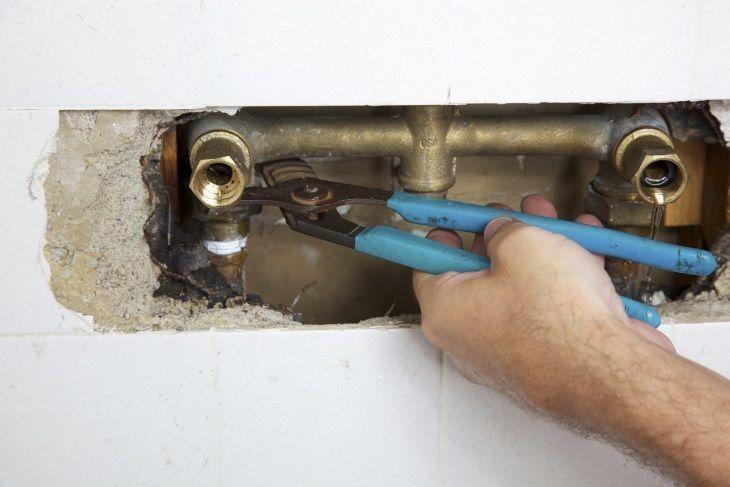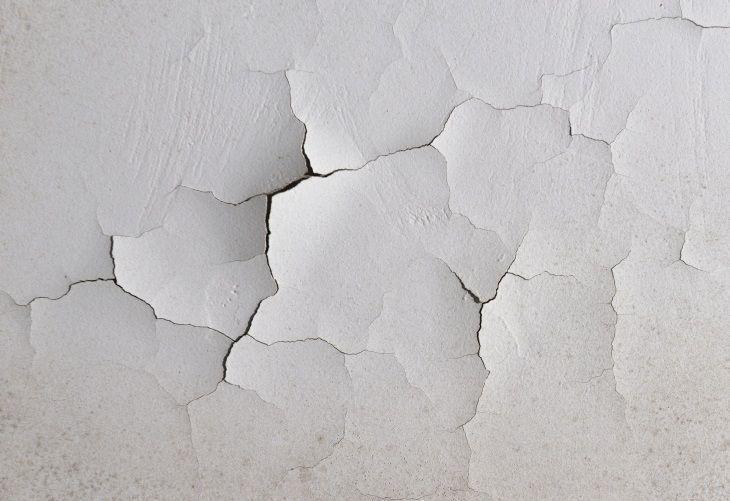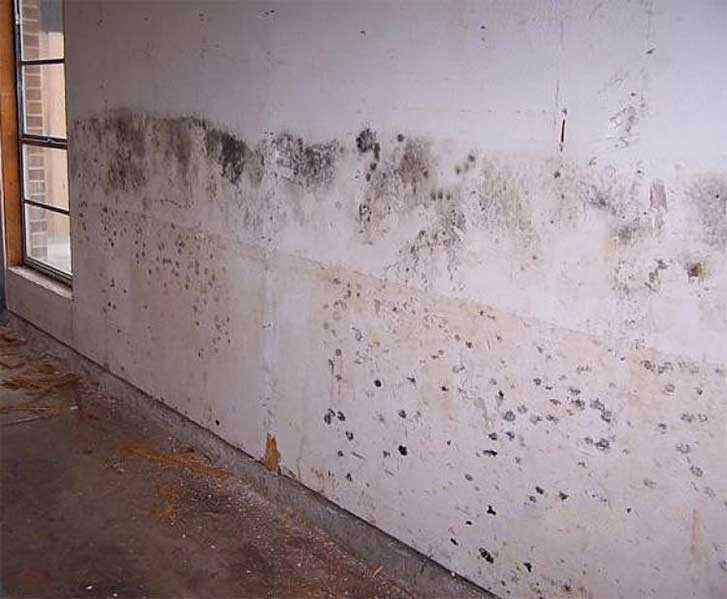Table of contents
There are many problems caused by humidity, and one of them is infiltration, which can reach any part of the house, bringing an ugly aspect to the walls, which can become full of mold and mildew. Even after they have been sanitized, if the problem has not been solved, the stains are sure to reappear.
Vanderlei Roasio, director of Toda Construtora, explains that there are many factors that cause infiltrations, but the vast majority are related to poor workmanship, use of unsuitable material, project error and lack of maintenance of an old property.manifest themselves, such as humidity from the ground to the walls and humidity coming from fissures and small infiltrations from gutters and ruffs", he explains.
In general, the most affected areas are those that are constantly wet with plumbing and without roofing. Bathrooms, for example, are places that are very likely to have problems that are not so visible to the naked eye, because of the ceramic finishes. Kitchens and service areas are also subject to plumbing defects and moisture from the ground or wet floor. Bedrooms and living rooms, on the other hand, areThe infiltrations coming from above are usually the easiest to solve, as they may involve roof tiles or broken gutters, which are easily replaced.
Roasio took the opportunity to select some of the most recurring areas and explain the reasons why this problem occurs:
- Tiles This part of the house is damaged by damp soil, leaking rainwater pipes and/or sewers, cracks in the floors, and backflow from drains.
- Walls : considered one of the most common areas to be affected, moisture can occur due to infiltration through cracks, masonry joints (the mass that lies between the bricks), moisture due to lack of waterproofing of the upper part of the house during the construction phase, failure and/or lack of parts that prevent the return of water, runoff and water stains (ruffles and dripping) and, through the openings in theIn addition, the pipes that pass through the walls can also have an influence.
- Slabs, ceilings and linings The causes of infiltration in these areas can be lack or failure of waterproofing and leaks through the roof.
- Windows and doors They can be affected by humidity and cause damage when there are defects in manufacturing and design, poor placement, faulty sealing, and lack of maintenance.
- Covers : in roofing, flaws in the design (inclination) and in the execution of roofs can occur. In addition, dome, antennas, ducts and chimneys that pierce the roof can also be sources of leaks.
How to identify and solve infiltration problems

The infiltration can be contained in its early stages, so that greater damage can be avoided. Therefore, pay attention to some signs that show that your house needs repairs. Besides the well-known stains and cracks, Roasio says that the following can also be signs: paint damage, different odors, deterioration of coatings, detachment of floors, short circuits in the electrical part and puddlesCracks in the walls are usually accompanied by paint damage and stubborn stains, while stains near the baseboard indicate that humidity from the ground is rising into the house. Areas with exposed brickwork can also suffer from infiltrations, which cause stains due to the material not being waterproofed. In the case of internal locations such as bathrooms, stains can appear,especially during the winter, are largely caused by steam from the bath water, and more ventilation is needed to solve the problem.
If you find the source of the problem and don't worry about neutralizing it, it is very likely that it will happen again later on. Carelessness can lead to consequences ranging from damage to health, due to the appearance of fungus, to an increase in the water and electricity bill. But, not always the water leakage can originate from your house, there are situations in which the infiltration happens due to problemsIn these cases, it is best to look for a professional in the area to be sure, and then seek dialogue with the neighbor.
See_also: Simple house fronts: 70 ideas and styles to inspire your projectHow to avoid infiltration

The infiltrations can also be avoided even before any sign of their appearance. "In the construction phase, the project must be checked, looking for the main causes and take action. If your house has already been completed, it is necessary in advance, to check the causes of the problem and analyze solutions. Try to use competent professionals with the use ofIn addition, try to use silicones on the external areas of the windows, and also pay attention when installing furniture on the walls, because any carelessness and some pipes can be damaged.
The use of waterproofing is essential for prevention, there are numerous types that are intended for each environment, as stated by Rejane Berezovsky, director of IBAPE/SP: "The type of waterproofing is directly related to the place of application, i.e., for curtains and reservoirs it is common to apply polymer cement; for slabs, asphalt blankets and for gardens, blanketsHowever, it is important, before hiring a waterproofing service, to analyze the place to be treated, so that the treatment can be correctly specified. If the waterproofing does not adapt to the destination place, it can end up allowing water to enter, when it loosens and creates small openings.
The garden blanket is a very convenient option, since it helps in the process of draining the excess water that causes infiltrations in walls, walls and floors.joins the use of garden blankets and waterproofing in the house.
See_also: Carpet on the wall: display your tapestry as a work of artInfiltrations are unpleasant problems that appear when you least expect them and require a precise analysis in order to reach an ideal solution, usually requiring professionals to take action. But, a lot of headaches can be avoided by taking measures before they appear. Therefore, do constant maintenance in your home and avoid problems like these to appearsuddenly.



